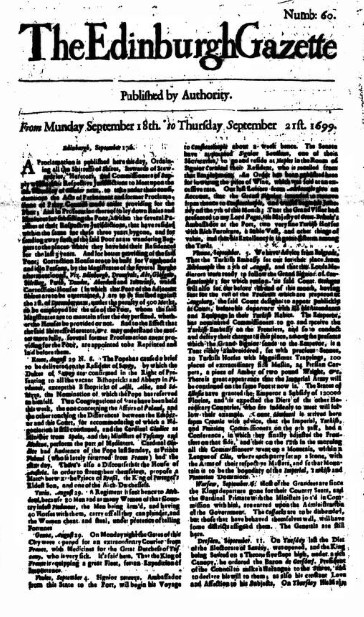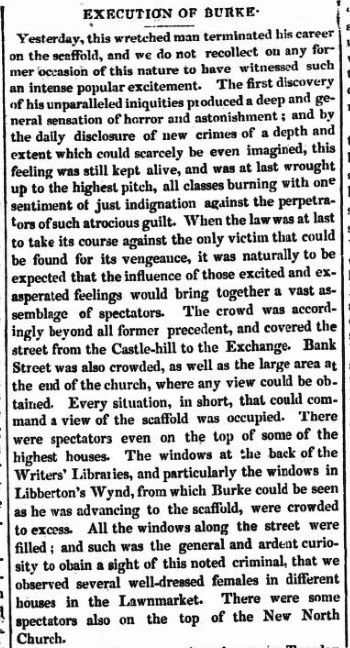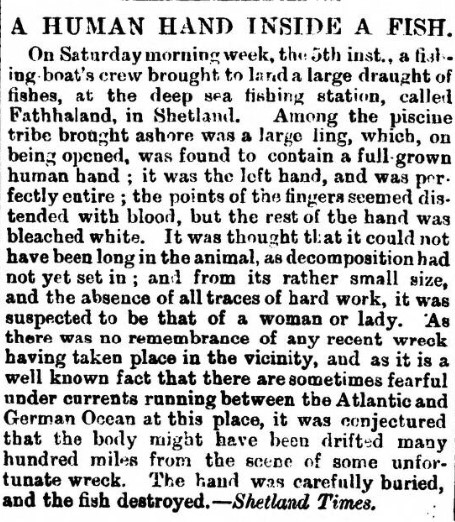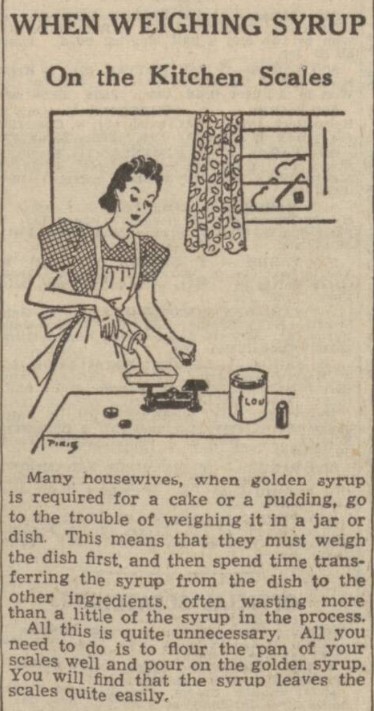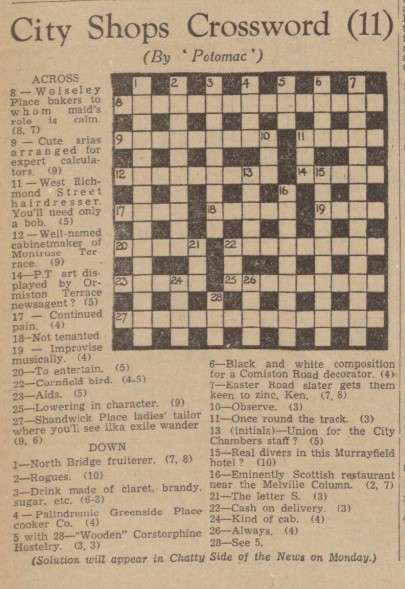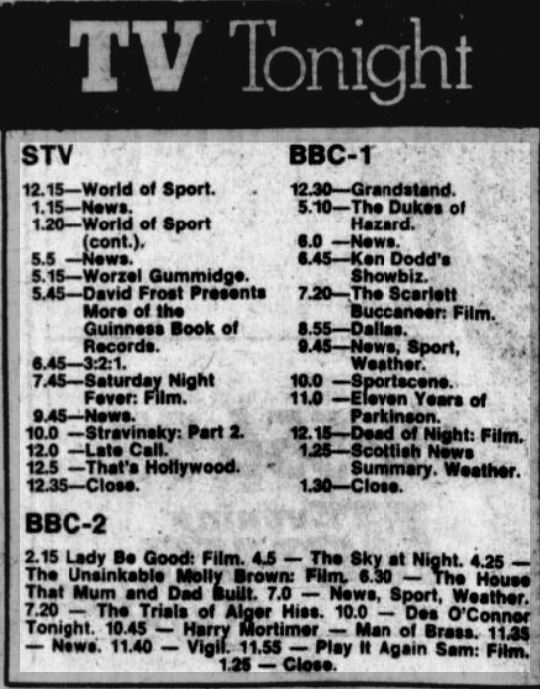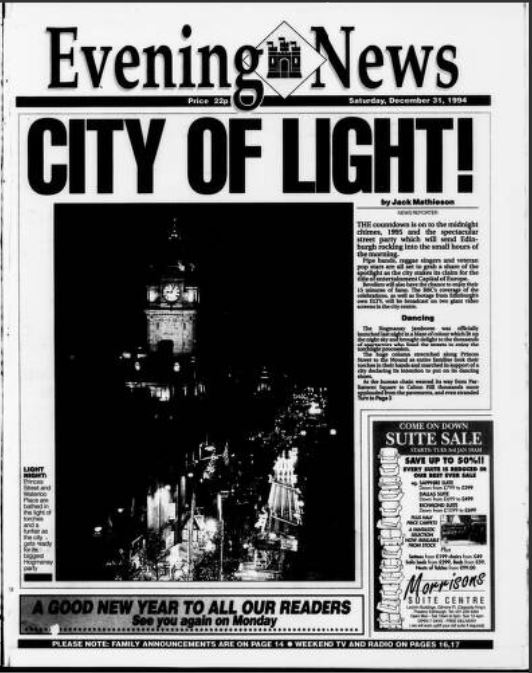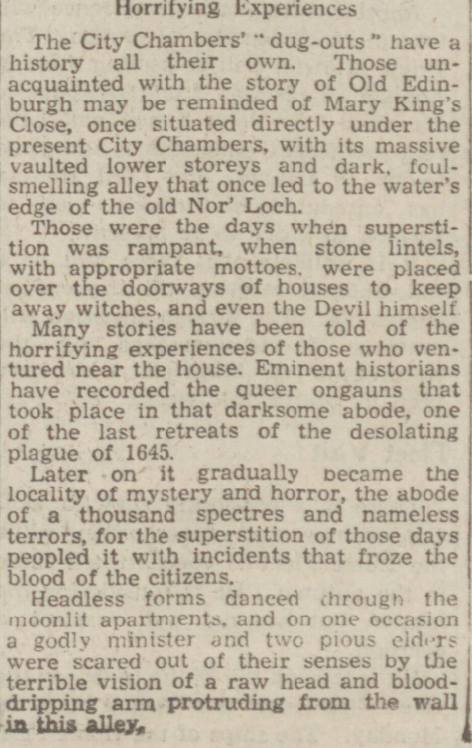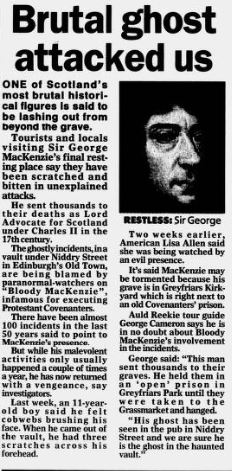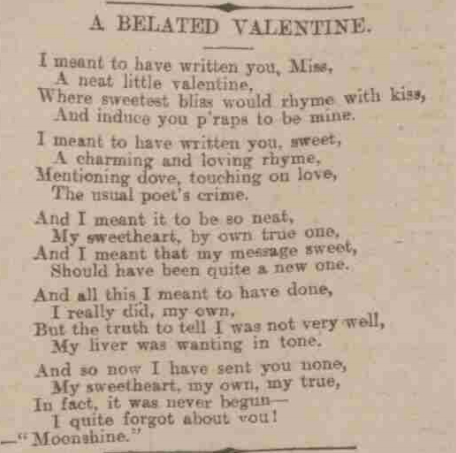Here at Edinburgh Libraries we have many free online resources that you can use. One of them is the British Newspaper Archive which is a fabulous archive of newspapers from around the UK and Ireland.
We’ve been having a look at the coverage for Edinburgh on the British Newspaper Archive and found that one of the earliest publications on the site is The Edinburgh Gazette from Thursday 21 September 1699!
Jumping forward a few years to 1750, we have the first edition available online of the Edinburgh Courant, which mentions an act of “Theft and Pickery” by a Dutch soldier and his wife who subsequently petitioned for transportation to America, which was granted.
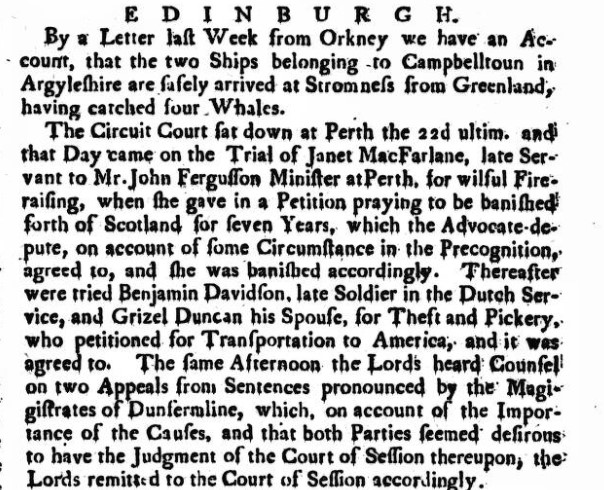
The Edinburgh Evening Courant of Thursday 29 January 1829 featured the execution of infamous William Burke by hanging. The article describes the numbers of people drawn to watch the event:
“Yesterday, this wretched man terminated his career on the scaffold, and we do not recollect on any former occasion of this nature to have witnessed such an intense popular excitement….
All the windows along the street were filled; and such was the general and ardent curiosity to obtain a sight of this noted criminal, that we observed several well-dressed females in different houses in the Lawnmarket. There were some spectators also on the top of the New North Church.”
On 14 July 1873, the Edinburgh Evening News reported a rather grim find, from a story originating from the Shetland Times.
A fishing boat’s crew at a fishing station in Shetland, had discovered a human hand inside a large fish!
“It was the left hand, and was perfectly entire”, and was suspected to belong to a woman who may have drowned in a wreck possibly many hundreds of miles from Shetland.
“The hand was carefully buried, and the fish destroyed.”
Again in the Edinburgh Evening News, this time from 1939, among its pages were to be found useful tips for housewives…. including this one on how to measure golden syrup on kitchen scales.
In the 2 January 1954 edition of the Edinburgh Evening News, could be found a crossword containing clues to many Edinburgh shops.
Unlike today, in 1982 our television programme choice was restricted to only 3 channels, and a typical Saturday night’s viewing consisted game shows, films and big US programmes like The Dukes of Hazard and Dallas, and not forgetting, Parky.
“City of Light!” in black and white. It would be some years before the Evening News was to start being printed in colour. Here is the front page of the last issue of 1994, which much as the same as now, the city was gearing up for celebrations to bring in the New Year.
The British Newspaper Archive coverage is immense, for regions across the UK and Ireland. At the time of writing, there are over 71 million digitised newspaper pages available to search with even more material being added regularly. 126,992 pages were added in the last 7 days!
Specifically for Edinburgh, the coverage currently stands at
- The Beacon (Edinburgh) – 1821
- Caledonian Mercury – 1720 to 1867
- Daily Review (Edinburgh) – 1862 to 1886
- Edinburgh Courant – 1750
- Edinburgh Evening Courant – 1750 to 1869
- Edinburgh Evening Dispatch – 1886 to 1897
- Edinburgh Evening News – 1873 to 1994
- Edinburgh Evening Post and Scottish Standard – 1846 to 1849
- Edinburgh Gazette – 1699
- Edinburgh News and Literary Chronicle – 1848 to 1863
- Leith Burghs Pilot – 1875 to 1902
- Leith Herald – 1879 to 1891
- National Observer – 1888 to 1897.
All this is available to you from within any of our libraries via a library computer or on the Wi-Fi!

